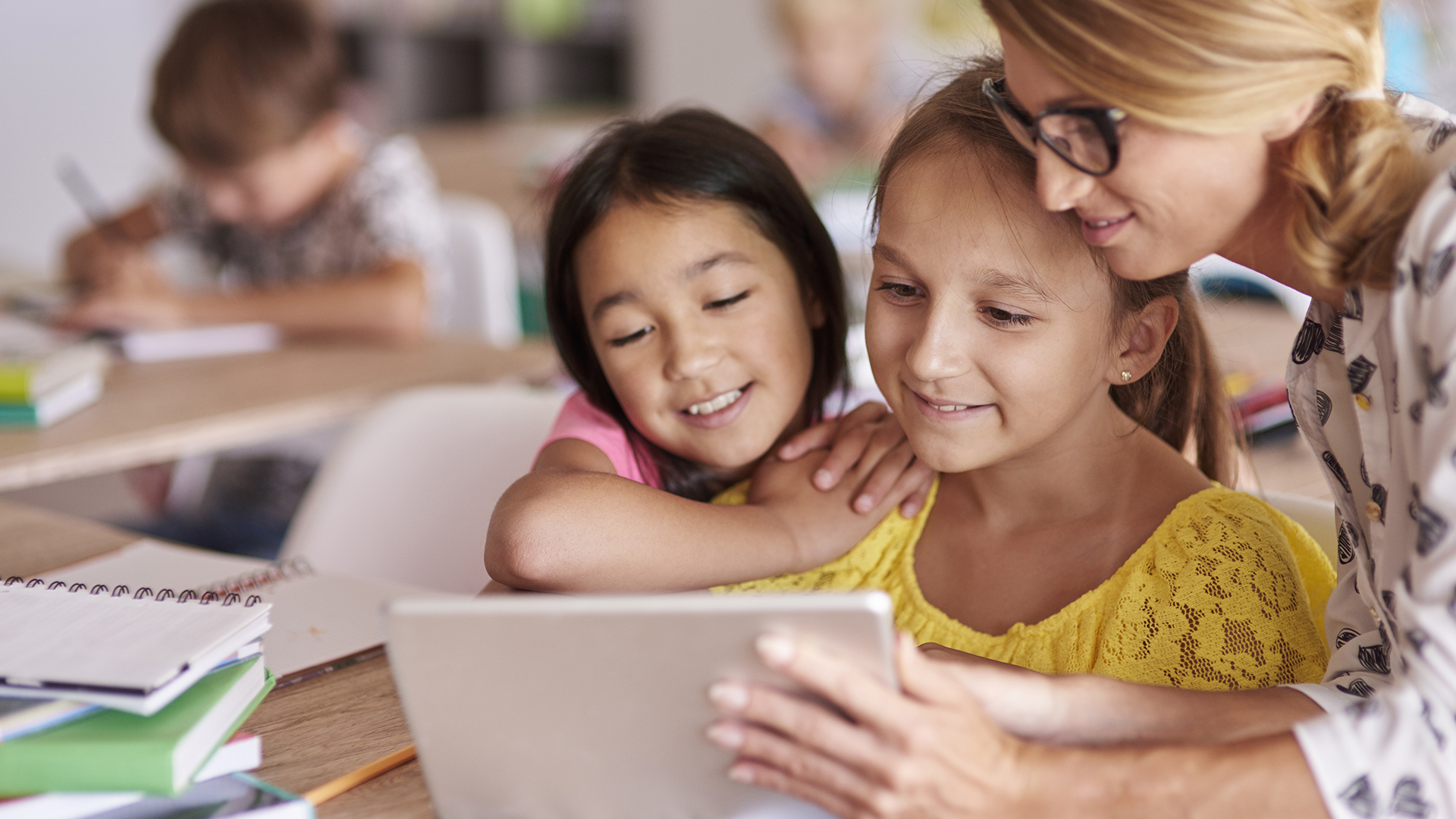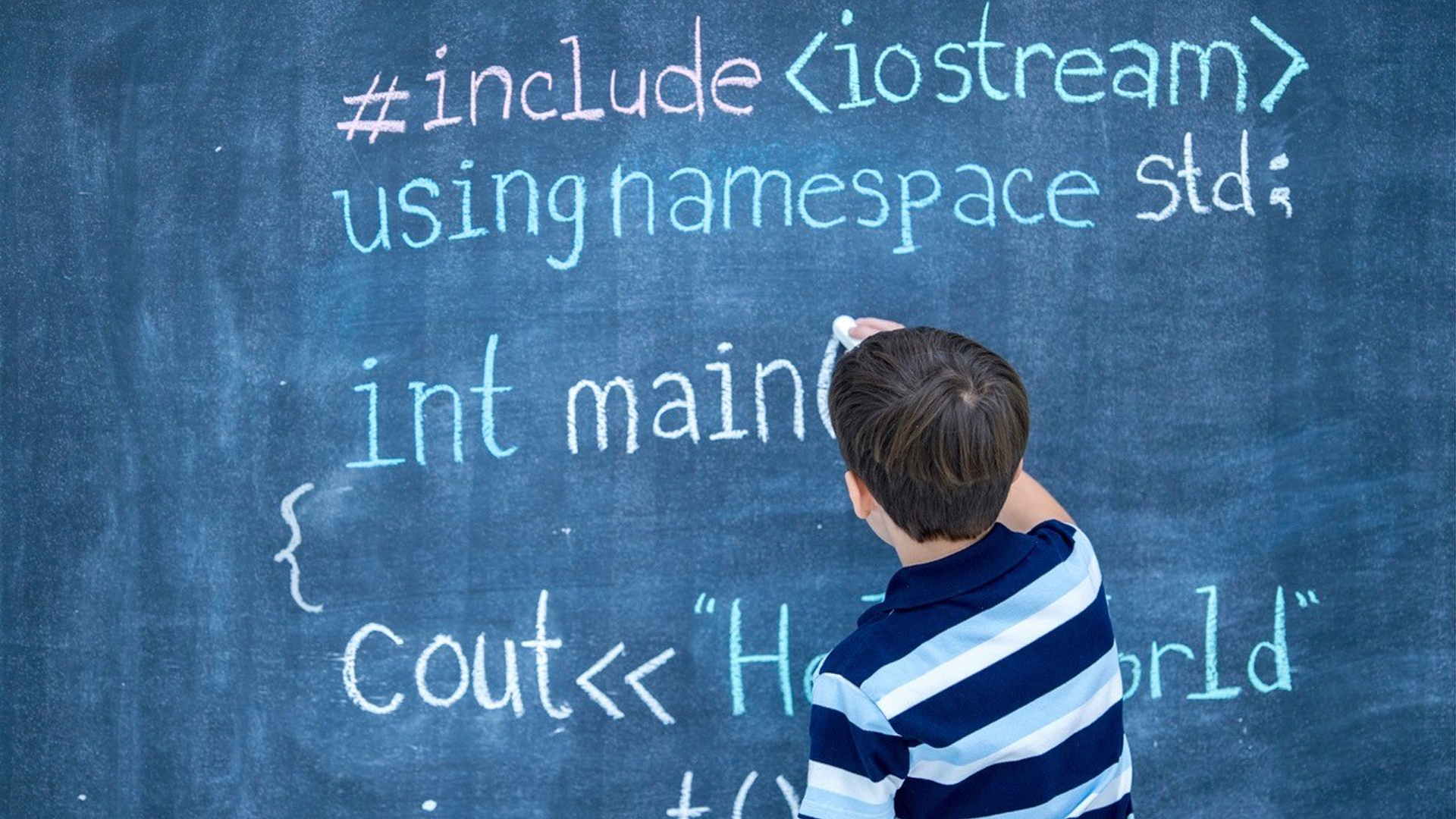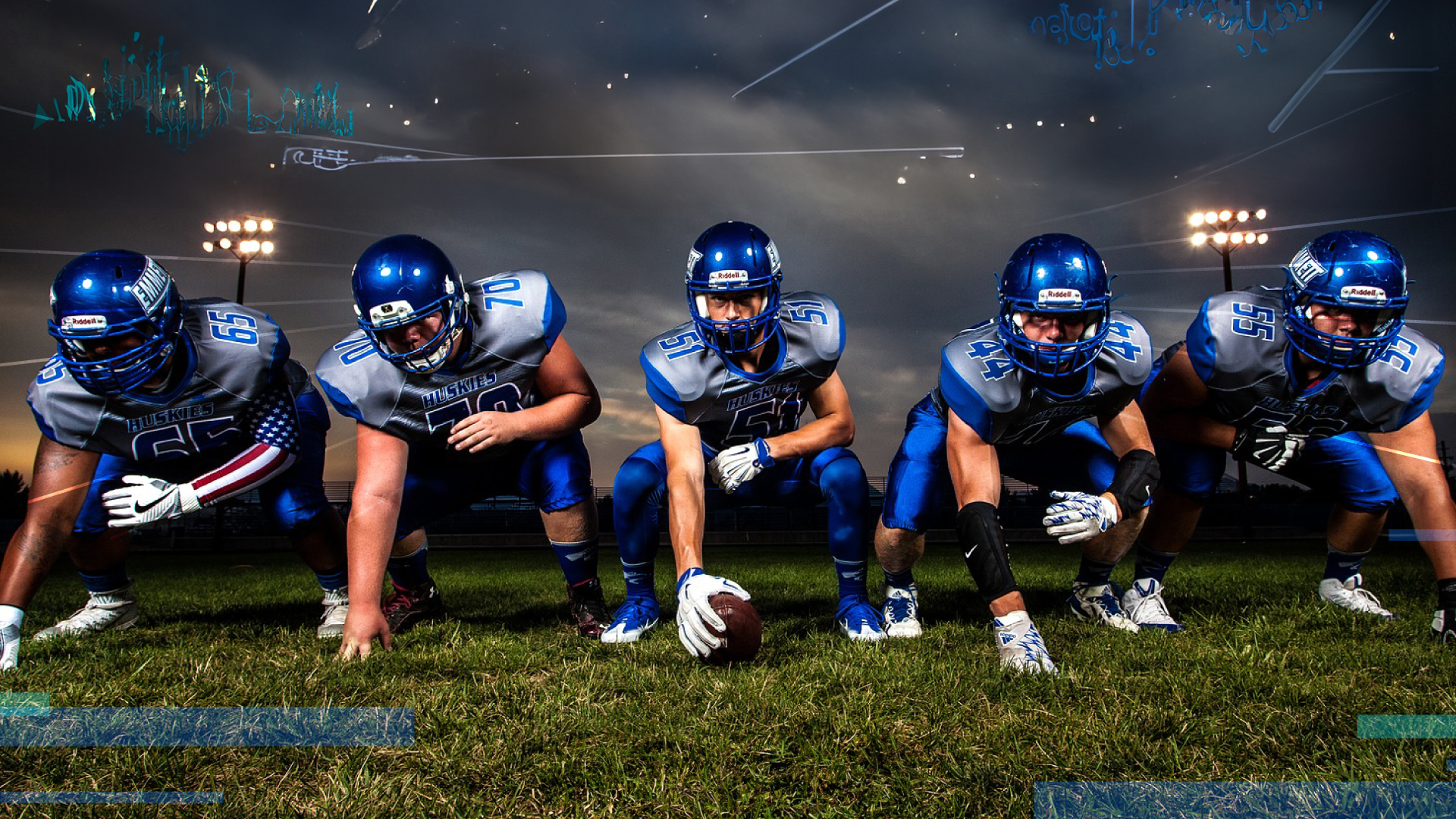Turning digital challenges into educational opportunities through empowerment.
KEY POINTS
- Restricting devices in schools doesn’t solve the broader issue of teaching kids to use technology responsibly.
- Engaging students in conversations about social media encourages critical thinking and safe online behaviors.
- Collaboratively developed rules and consequences about device use can improve student compliance.
Educators are between a rock and a hard place when it comes to technology in the classroom—especially smartphones and social media. They are under pressure to use educational technology to make assignments and materials readily available, communicate with parents, distribute information, create engaging content for students, provide support, and facilitate learning activities. They are also faced with the challenges of technology when social media invades and disrupts the classroom. The challenges are real, and there is a rising demand for restrictions and bans from teachers, parents, and policymakers as a solution.
Banning devices might seem like a “safety first” approach, but it doesn’t address the out-of-school digital activities and socializing that originate online and migrate onto campus. It is unrealistic to expect kids to forego their primary source of social connection. Multiple studies show that increasing kids’ critical thinking skills and self-efficacy is much more likely to result in self-regulation than prohibitions. Here are some tips from educators about how they approach smartphones and social media use at school that can impact how kids use technology when they walk out the classroom door.
A Kid’s Life Is on a Digital Continuum

While restricting devices can mitigate classroom interruptions, it won’t solve the more fundamental problems—keeping kids safe and teaching them to be responsible and ethical technology users.
There is no magic boundary separating the physical world from the digital. In our recent survey of 90 primarily middle school educators, 87% reported that social media activities outside school impacted what happened in the classroom. The most common theme was that online behaviors, like bullying, trash-talking, and the drama around “who’s in and who’s out,” followed the kids to school, causing hurt feelings and conflict.
This drama is normal (and expected) for tweens and teens. Starting in middle school, kids naturally become more socially focused as part of healthy development. They begin to undergo physical, cognitive, social-emotional, and psychological changes. These changes are called “development” for a reason. They happen over time, not smoothly all at once. Changes in hormones and brain development can be a rocky road of emotional lability and reactivity coupled with strong desires for social connection and inclusion long before kids learn the coping and emotional regulation skills to manage them.
Educators saw this in the classroom every day long before social media emerged. The hyper-focus on blaming social media companies and holding them “accountable” doesn’t prepare the students to develop the skills to manage digital behaviors. Nor does it prepare teachers with the strategies to encourage healthy and safe use. Yet teachers are uniquely positioned to integrate lessons in digital literacy and citizenship into discussions and assignments where they are most likely to be relevant and internalized by their students.
5 Tips From the Front Line
1. Talk About It
Talking honestly is a key strategy for both parents and teachers. Talking about social media with kids does two things: 1) It increases the chances that they will come to you with problems, and 2) it allows teachers to ask questions that encourage critical thinking.
Recognizing that social media is a big part of students’ lives can help them think about its positives and negatives. It also provides an entry point to talk about sharing images of others without permission and cyberbullying.
Integrating relevant digital literacy into research projects, like creating short videos on a topic, opens the door for issues like how to do research and spot misinformation. Integrating video assignments helps kids make the connection between misinformation in doing research and what they see in apps like TikTok and YouTube.
2. Make Clear Rules
Your classroom or your home is where you set the rules. Clear rules let kids know when they can use devices and when they can’t. However, tweens and teens are at a stage where questioning authority is normal, however annoying it may be. So, when you let the students participate in developing the rules and penalties for violation, they are more likely to follow them.
Plagiarism is a consistent complaint from educators from elementary school to higher education. Surprisingly, many kids don’t know the basics of plagiarism, copyright, paraphrasing and citing, and what’s OK and not OK, particularly in the age of ChatGPT. Rules are pointless if the kids don’t understand them.
3. Get Parents Involved
Different families have different rules about smartphone use and social media. However, at school, kids have to follow the school’s rules. Communicating school and classroom policies helps parents know the expectations for their children’s behavior. Connecting with parents is also an opportunity to provide strategies for digital safety and citizenship that parents can apply at home.
4. Get to Know What Social Media Can (and Can’t) Do
There are many ways that social media can support education when used with consideration. As teachers learn about different apps, they can be more creative in their assignments, making lessons feel more relevant to students and introducing topics like privacy and copyright.
5. Be a Good Role Model
Teachers have lives outside the classroom, which may include social media use. Nearly half of all teachers are Millennials who have grown up with technology, so using smartphones and social media may seem very normal. Recognizing and establishing personal and professional boundaries is as important for educators as for students.
Moving Forward
There is mounting concern over classroom disruptions and students’ increased reports of depression and anxiety. While many point to social media, the landscape is much more complicated. The pandemic was a traumatic experience and teachers describe a rise in behavioral problems post-COVID. There were 82 school shootings in 2023[i], and depending on the school, a child may be exposed to a range of safety measures, such as metal detectors, drug and weapons sweeps, security cameras, and shooter drills[ii] that all suggest the environment is, in fact, unsafe.
Despite conflicting evidence about the impact of social media, research shows that the relentless messaging vilifying social media has convinced people that it is uniformly bad for them. Some researchers have found that continual messages about the harmfulness of social media and negative mindsets may have more impact on mental health than the use itself, generating feelings of shame and defensiveness (Lanette et al., 2018; Lee & Hancock, 2023; Odgers et al., 2022).
We know that kids are growing up in a digital world. Social media will remain a part of their lives. We can pretend that banning cell phones or social media companies will help, but both solutions leave our kids without the skills to make healthy and responsible judgments about what they see and do online. Educators are in a pivotal position. They can help students explore online environments safely and provide the much-needed digital literacy necessary to be better students and citizens.
Want to keep up with Dr. Pam Rutledge? Sign up for her newsletter: https://drpam.substack.com.
This article also appeared on PsychologyToday.com.
References
[i]https://www.cnn.com/us/school-shootings-fast-facts-dg
[ii]Percentage Of Public Schools With Various Safety And Security Measures.
Lanette, S., Chua, P. K., Hayes, G., & Mazmanian, M. (2018). How much is ‘too much’? The role of a smartphone addiction narrative in individuals’ experience of use. Proc. ACM Hum.-Comput. Interact., 2(CSCW), Article 101. https://doi.org/10.1145/3274370
Lee, A. Y., & Hancock, J. (2023). Social media mindsets: A new approach to understanding social media use & psychological well-being. . PsyArXiv. https://doi.org/10.31234/osf.io/f8wny
Odgers, C. L., Allen, N. B., Pfeifer, J. H., Dahl, R. E., Nesi, J., Schueller, S. M., Williams, J. L., & National Scientific Council on Adolescence. (2022). Engaging, safe, and evidence-based: What science tells us about how to promote positive development and decrease risk in online spaces, [Report].
Join Over 7,500 Fielding Alumni Located Around The World!
Change the world. Start with yours.™






Get Social